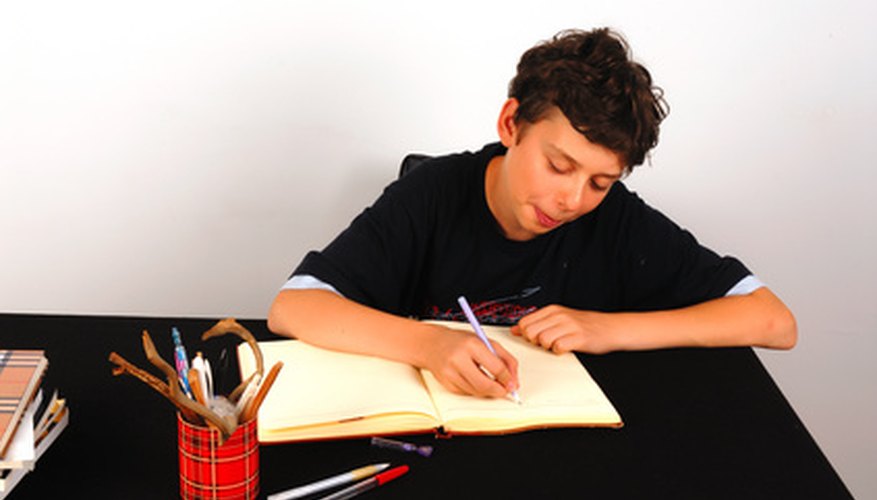Everyone learns differently, and a learning style can help teachers know how their students learn best. Reflector learners are usually introverted and like to listen, instead of being the ones in the centre of attention. In a class of multiple students, it can be hard to cater to individual learners. Instead, be aware of different strengths and work to incorporate those into your lesson planning.
Identification
A learning style indicates how a student will best learn. Though several theories exist regarding types of learners, the theory that proposes that some people are reflector learners also indicates three other types of learners--activist, theorist and pragmatist. Different learning styles have different strengths. A student with the reflective learning style likes to think things through, complete careful research and observe the world around him.
- A learning style indicates how a student will best learn.
- Though several theories exist regarding types of learners, the theory that proposes that some people are reflector learners also indicates three other types of learners--activist, theorist and pragmatist.
Activities for Reflectors
Reflectors enjoy note-taking, charts and placing items in groups. When you are lecturing, encourage reflector learners to take copious notes for absent students. Because reflectors like to think through things carefully, give them ample time to complete assignments. Expect your reflector students to ask questions. While reflector learners will likely do well with a traditional paper and pencil assessment, encourage them to work on a research paper instead. They will likely enjoy being able to take their time and research the topic thoroughly. During class discussions, choose a reflector learner to be the person asking the questions, instead of expecting her to answer questions or add too much insight.
- Reflectors enjoy note-taking, charts and placing items in groups.
- Because reflectors like to think through things carefully, give them ample time to complete assignments.
Working with Reflectors
Diane Heacox, author of "Differentiating Instruction in the Regular Classroom," recommends grouping students to make the most of their learning styles. One option is to place similar students together. This way, they will all prefer to work on a project the same way. You can also give them specific assignments that cater to their learning style. Another way to group students is heterogeneously, meaning that you put students of different learning styles together with the hope that they will help each other to succeed by working on the part of a project that speaks to their strengths. This grouping works well, because too many reflectors together could take too long trying to come to a conclusion, as they will likely be analysing each detail.
- Diane Heacox, author of "Differentiating Instruction in the Regular Classroom," recommends grouping students to make the most of their learning styles.
- Another way to group students is heterogeneously, meaning that you put students of different learning styles together with the hope that they will help each other to succeed by working on the part of a project that speaks to their strengths.
Considerations
Though reflectors might complete some classroom activities easier than others, Heacox recommends giving them projects outside their comfort zones to make sure they are stretching themselves. While reflectors like note-taking, encourage them to draw a physical representation of their learning one day, or perhaps lead a group discussion instead of focusing on their own learning.
